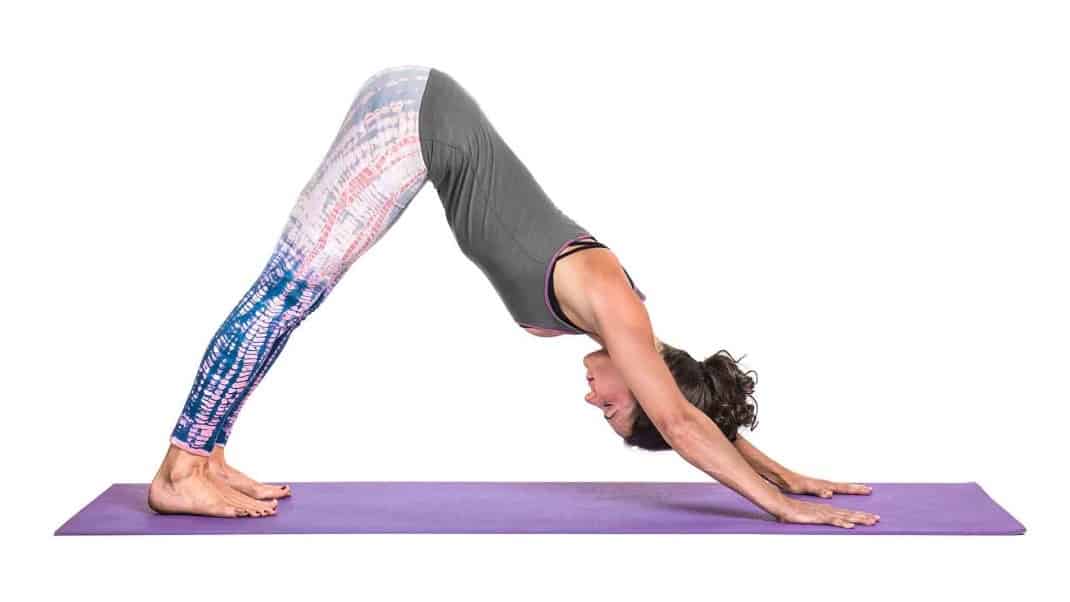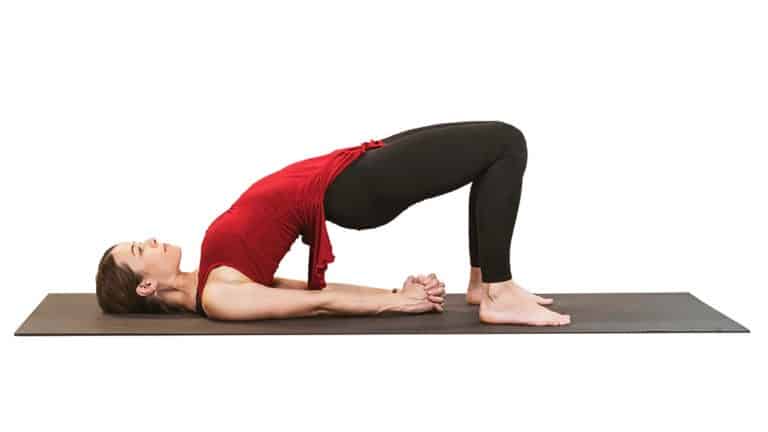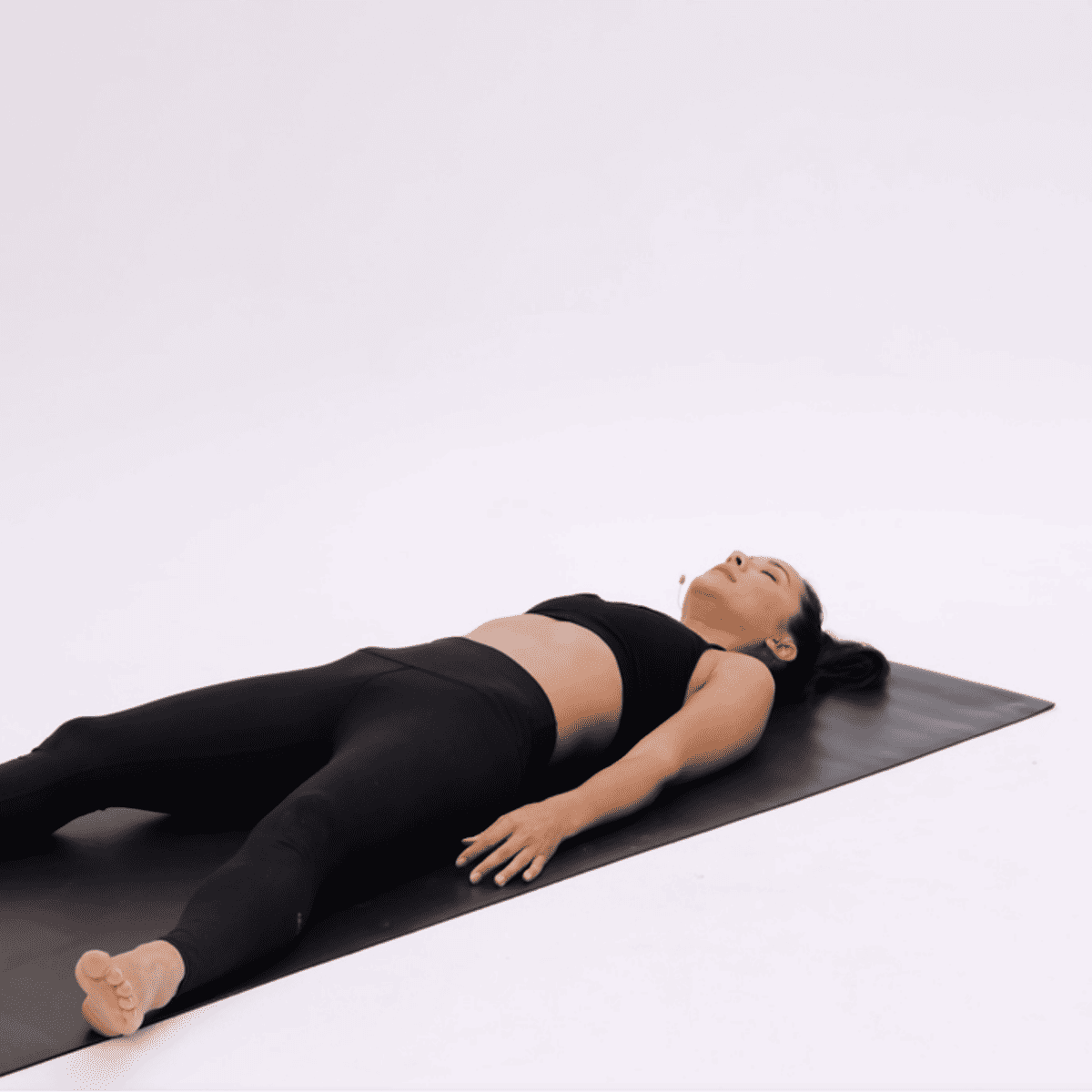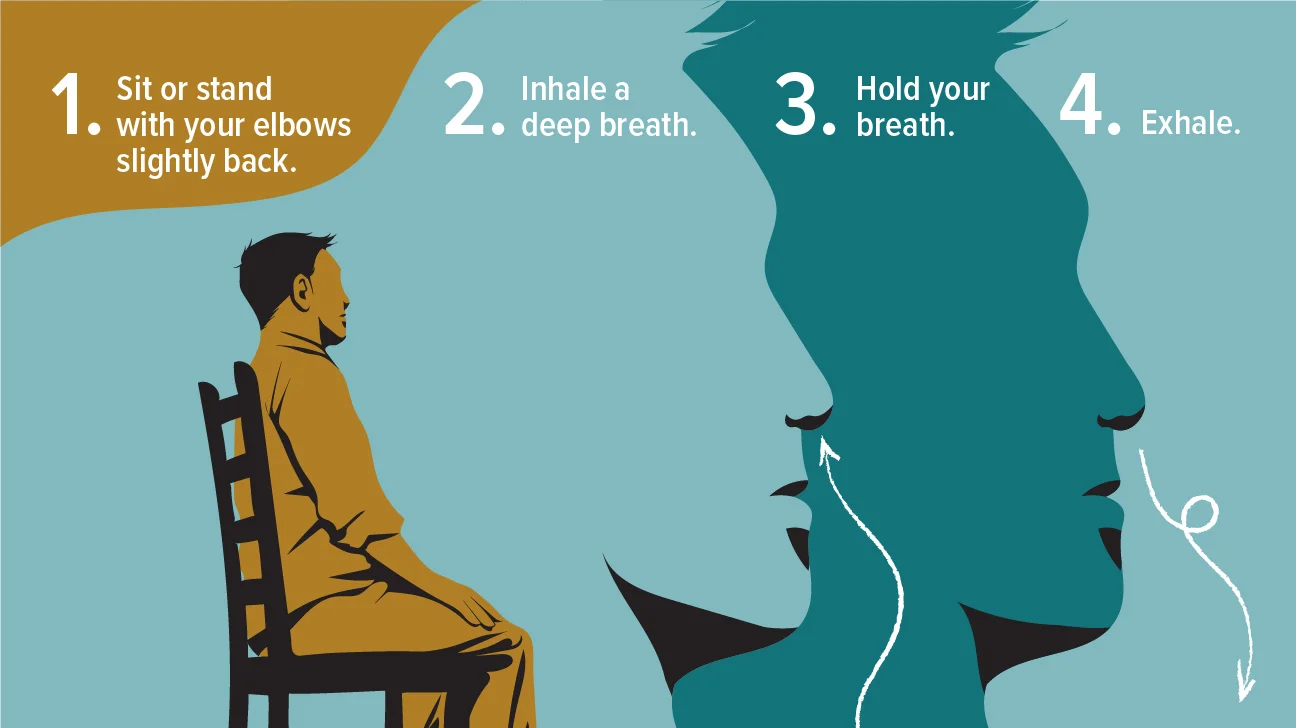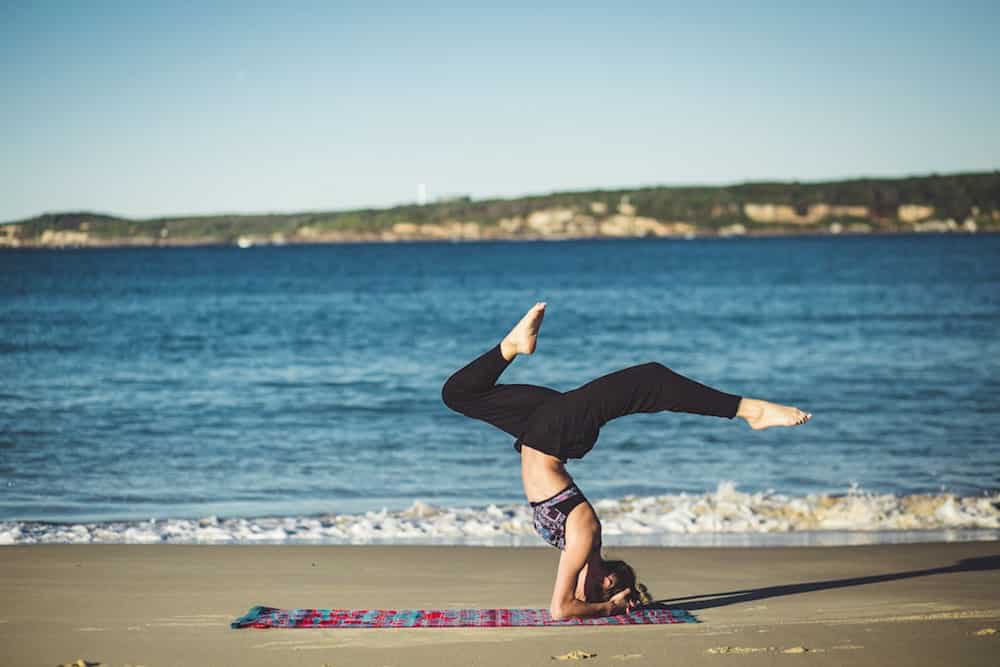In this article, we will explore the benefits of yoga for fatigue, specific yoga poses and pranayama techniques that can help boost your energy levels, and some helpful tips for practicing yoga to combat fatigue.
Are you constantly feeling tired and drained? Fatigue can have a significant impact on your daily life, making it difficult to focus, stay productive, and enjoy activities.
If you’re looking for a natural and effective way to combat fatigue, yoga may be the answer. Yoga not only helps to strengthen and stretch your body but also provides numerous benefits for your mental and emotional well-being.
Benefits of yoga for fatigue
Improved circulation
One of the key benefits of yoga for fatigue is improved circulation. When you practice yoga, you engage in various poses that stimulate blood flow throughout your body.
This increased circulation helps to deliver oxygen and nutrients to your muscles and organs, promoting overall vitality and reducing feelings of fatigue.
Reduced stress and anxiety
Stress and anxiety can contribute to feelings of fatigue and drain your energy levels. Yoga provides a powerful tool for managing stress and anxiety through its focus on deep breathing and mindfulness.
By practicing yoga regularly, you can learn to calm your mind, release tension, and reduce the impact of stress on your body, ultimately helping to alleviate fatigue.
Increase in energy levels
Yoga poses and sequences that involve gentle stretching and movement can help to invigorate your body and increase your energy levels.
These poses activate your muscles, stimulate your nervous system, and awaken your senses, leaving you feeling refreshed and revitalized. Regular yoga practice can gradually build your stamina and endurance, allowing you to combat fatigue more effectively.
Enhanced mental clarity
Fatigue often leads to mental fog and difficulty concentrating. Yoga can help improve your mental clarity and focus by calming your mind and promoting mindfulness.
Through the practice of yoga, you can cultivate a sense of presence and awareness, allowing you to let go of distractions and enhance your cognitive function.
Yoga poses for fatigue
Child’s Pose (Balasana)
Child’s Pose is a restorative yoga pose that helps to calm the mind and relax the body. It gently stretches the hips, thighs, and lower back, relieving tension and fatigue.
To practice Child’s Pose, kneel on the floor with your knees wide apart and your toes touching. Sit back on your heels and fold your torso forward, resting your forehead on the mat. Extend your arms in front of you or alongside your body, whichever feels more comfortable.
Downward-Facing Dog (Adho Mukha Svanasana)
Downward-Facing Dog is a rejuvenating pose that stretches the entire body, including the shoulders, hamstrings, and calves. It helps to increase blood flow to the brain, relieving fatigue and improving mental clarity.
Start on your hands and knees, then lift your hips up and back, forming an inverted V shape with your body. Press your hands firmly into the mat and lengthen your spine, allowing your heels to reach towards the ground.
Bridge Pose (Setu Bandhasana)
Bridge Pose is an energizing backbend that strengthens the legs, opens the chest, and stimulates the thyroid gland. It helps to alleviate fatigue by increasing blood circulation and boosting energy levels. Lie on your back with your knees bent and your feet hip-width apart.
Press your feet into the mat, lift your hips off the ground, and interlace your hands underneath your body. Hold the pose for a few breaths, then slowly release back down to the mat.
Legs-Up-The-Wall Pose (Viparita Karani)
Legs-Up-The-Wall Pose is a restorative inversion that promotes relaxation and rejuvenation. It helps to reduce fatigue by improving blood circulation and relieving tension in the legs and lower back.
Sit sideways next to a wall, then swing your legs up the wall as you lie back on the floor. Rest your arms by your sides and allow your body to relax completely.
Corpse Pose (Savasana)
Corpse Pose is a deeply relaxing pose that allows your body and mind to rest and recharge. It helps to release physical and mental tension, reducing fatigue and promoting a sense of calm.
Lie flat on your back with your arms by your sides and your legs comfortably apart. Close your eyes and focus on your breath, allowing your body to sink into the mat.
Pranayama techniques for fatigue
Deep breathing
Deep breathing is a simple yet powerful pranayama technique that can instantly boost your energy levels. Sit comfortably with your spine straight, close your eyes, and take a deep breath in through your nose, filling your belly with air. Exhale slowly through your mouth, emptying your lungs completely. Repeat this deep breathing exercise for a few minutes, focusing on the sensation of your breath and allowing it to energize your body.
Alternate nostril breathing (Nadi Shodhana)
Alternate nostril breathing is a balancing pranayama technique that helps to harmonize the energy in your body and calm your mind. Sit in a comfortable position and use your right thumb to close your right nostril. Inhale deeply through your left nostril, then use your right ring finger to close your left nostril. Exhale through your right nostril, then inhale through the same nostril. Close your right nostril again and exhale through your left nostril. Repeat this cycle for a few minutes, alternating between nostrils.
Kapalabhati (Skull Shining Breath)
Kapalabhati is an invigorating pranayama technique that helps to clear your mind, increase oxygen supply, and boost your energy levels. Sit comfortably with your spine straight and take a deep breath in. Exhale forcefully through your nose, pulling your belly in towards your spine. Allow the inhalation to happen naturally, then repeat the forceful exhalation. Start with a slow pace and gradually increase the speed as you become more comfortable with the technique.
Yoga sequences for fatigue
Morning energizing sequence
– Mountain Pose (Tadasana)
– Sun Salutations (Surya Namaskar)
– Warrior II (Virabhadrasana II)
– Tree Pose (Vrksasana)
– Camel Pose (Ustrasana)
– Seated Forward Bend (Paschimottanasana)
– Corpse Pose (Savasana)
Afternoon rejuvenation sequence
– Cat-Cow Pose (Marjaryasana-Bitilasana)
– Extended Triangle Pose (Utthita Trikonasana)
– Standing Forward Bend (Uttanasana)
– Fish Pose (Matsyasana)
– Supported Shoulderstand (Salamba Sarvangasana)
– Seated Meditation
Evening relaxation sequence
– Child’s Pose (Balasana)
– Butterfly Pose (Baddha Konasana)
– Supine Spinal Twist (Supta Matsyendrasana)
– Legs-Up-The-Wall Pose (Viparita Karani)
– Corpse Pose (Savasana)
Tips for practicing yoga for fatigue
– Start with gentle yoga poses and gradually increase the intensity as your energy levels improve.
– Listen to your body and modify poses as needed to avoid overexertion.
– Practice yoga in a quiet and peaceful environment to enhance relaxation.
– Incorporate meditation and mindfulness into your yoga practice to calm your mind and reduce stress.
– Stay hydrated before, during, and after your yoga practice to support your body’s energy levels.
– Consistency is key. Aim to practice yoga for fatigue regularly to experience the full benefits.
FAQs on Yoga For Fatigue
Q1: Can yoga help with fatigue?
Answer: Yes, yoga can be beneficial in managing fatigue. Regular yoga practice can help reduce stress and promote relaxation, which can contribute to improved energy levels. Specific yoga poses and breathing techniques, such as Child’s Pose, Corpse Pose, and Deep Breathing, can help alleviate tiredness and increase vitality.
Q2: What are the best yoga poses for reducing fatigue?
Answer: Some of the best yoga poses for reducing fatigue include:
- Child’s Pose (Balasana): Helps calm the mind and release tension in the body, promoting relaxation.
- Cat-Cow Pose (Marjaryasana/Bitilasana): Increases spinal flexibility and enhances blood circulation, boosting energy.
- Bridge Pose (Setu Bandhasana): Stretches the chest and energizes the body by opening the heart center.
- Corpse Pose (Savasana): Allows complete relaxation, reducing mental and physical fatigue.
Q3: How does yoga breathing help combat fatigue?
Answer: Yoga breathing, also known as Pranayama, can combat fatigue by promoting deep relaxation and oxygenation of the body. Techniques like “Alternate Nostril Breathing” and “Ujjayi Breathing” increase oxygen intake, enhancing energy levels and reducing feelings of tiredness.
Q4: Is gentle yoga suitable for fatigue relief?
Answer: Yes, gentle yoga is well-suited for fatigue relief. It involves slow-paced movements and poses that can be modified to accommodate individual energy levels. Gentle yoga helps calm the nervous system, soothe the mind, and gently stretch fatigued muscles, providing a rejuvenating experience.
Q5: Can yoga be practiced during times of extreme fatigue?
Answer: It’s essential to listen to your body during times of extreme fatigue. While some restorative and gentle yoga practices may be suitable, attempting vigorous or demanding sequences could lead to overexertion. Rest is equally important, and it’s crucial to honor your body’s needs during periods of extreme fatigue.
Q6: How often should I practice yoga for fatigue relief?
Answer: The frequency of yoga practice for fatigue relief may vary from person to person. Starting with 2-3 sessions per week and gradually increasing as your energy improves is a good approach. Regular but mindful practice can help manage fatigue effectively.
Q7: Can yoga nidra help with chronic fatigue?
Answer: Yes, yoga nidra, also known as yogic sleep, can be beneficial for managing chronic fatigue. It is a guided meditation practice that induces deep relaxation, allowing the body and mind to rejuvenate. Yoga nidra can help alleviate the symptoms of chronic fatigue and promote better sleep.
Q8: Are there any specific tips for using yoga to combat fatigue?
Answer: Yes, here are some tips for using yoga to combat fatigue:
- Start with gentle yoga: Begin with a slow and gentle practice to avoid overwhelming tired muscles.
- Focus on breathing: Incorporate deep breathing exercises to increase oxygen supply and boost energy levels.
- Restorative yoga: Include restorative poses and relaxation techniques to calm the mind and body.
- Prioritize sleep: Combine yoga with sufficient rest and sleep for maximum fatigue relief.
Q9: Can yoga help with mental fatigue and burnout?
Answer: Yes, yoga can be effective in addressing mental fatigue and burnout. It encourages mindfulness, reduces stress, and promotes mental clarity. Regular practice can help manage the symptoms of burnout and improve overall well-being.
Q10: Can I practice yoga for fatigue at home?
Answer: Absolutely! You can practice yoga for fatigue relief at home. Online resources, video tutorials, and yoga apps offer guided sessions tailored to combat tiredness and promote relaxation. Practicing in a quiet, comfortable space allows you to tailor the practice to your needs and energy levels.
Conclusion
Yoga offers a holistic approach to combat fatigue by addressing both the physical and mental aspects of your well-being. By incorporating yoga into your daily routine, you can improve circulation, reduce stress and anxiety, increase energy levels, and enhance mental clarity.
With the help of specific yoga poses, pranayama techniques, and well-designed yoga sequences, you can effectively alleviate fatigue and restore balance to your body and mind. Start your yoga journey today and experience the transformative power of this ancient practice.
Originally posted 2023-07-28 13:59:48.




